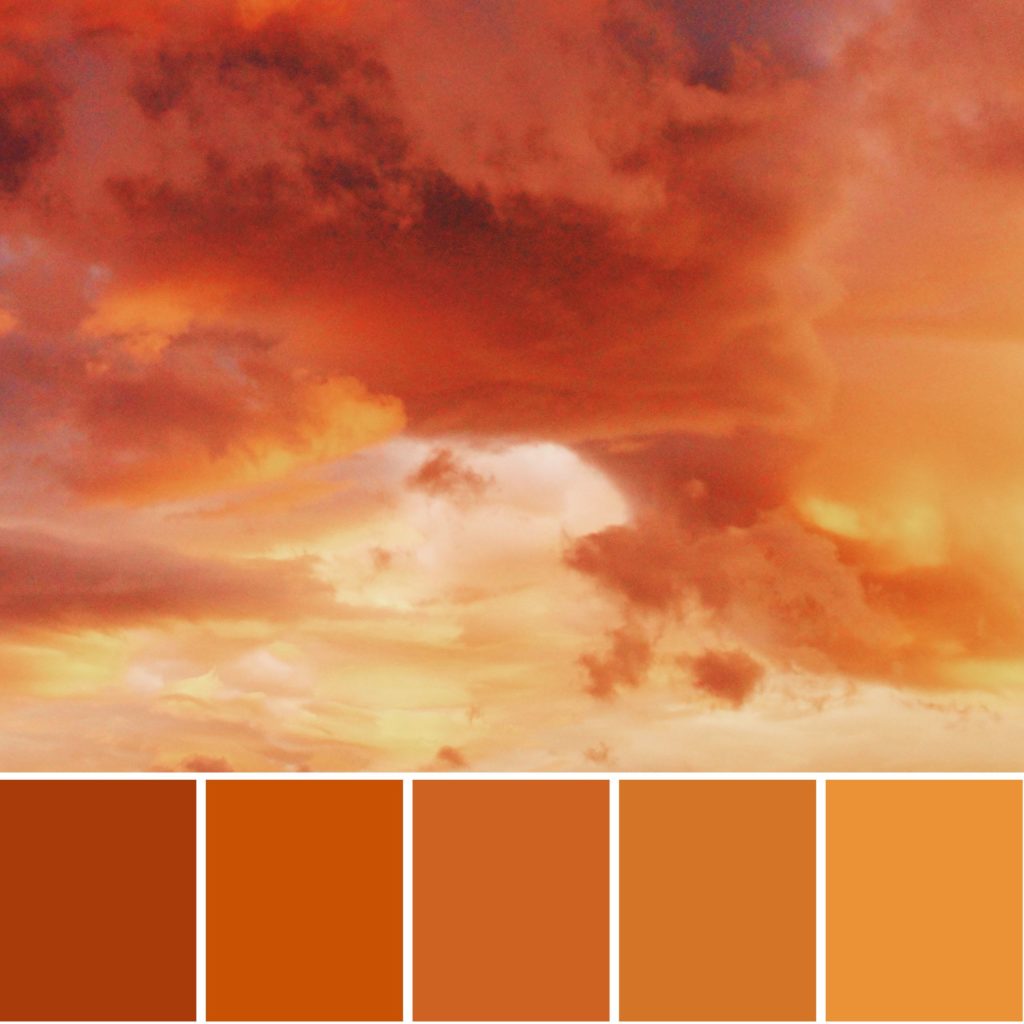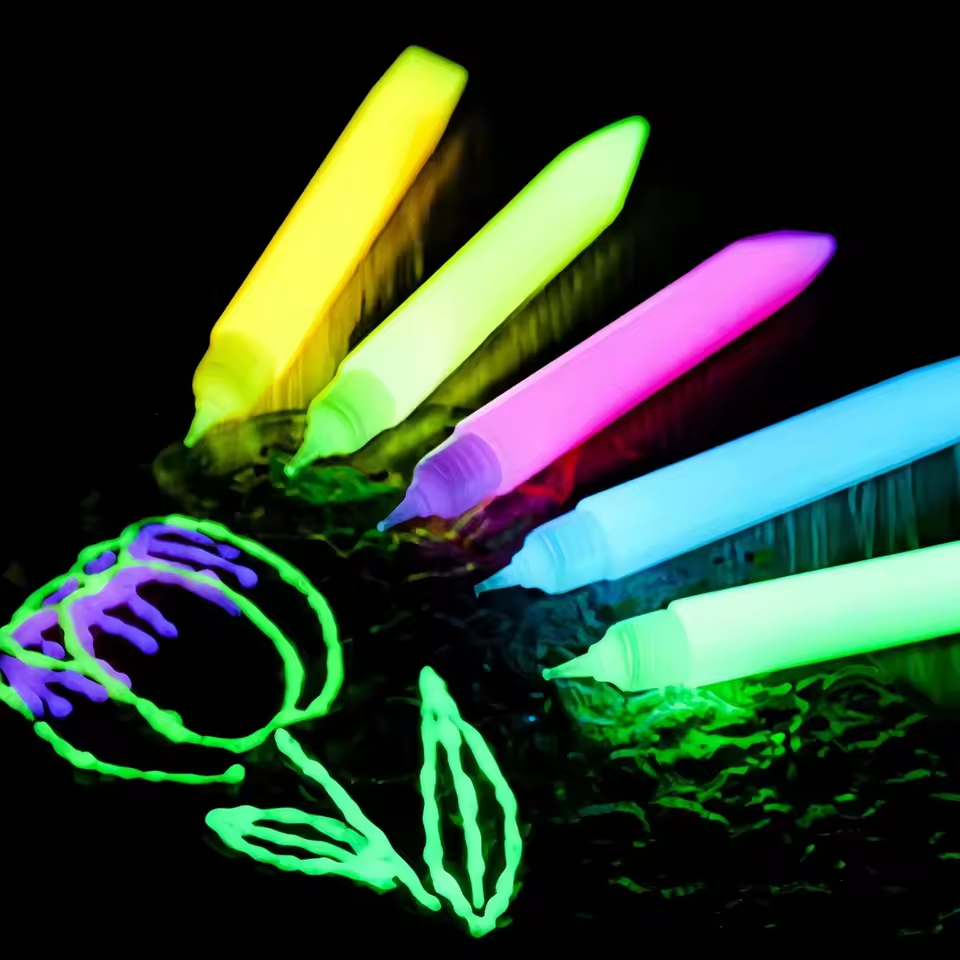Introduction to Seasonal Color Analysis
Seasons color palette analysis is a method that identifies the colors that harmonize with your natural features. It looks at your skin, hair, and eye colors and links them to a season. Each season has a distinct set of colors.

Understanding Your Unique Coloring
To start, analyze your natural coloring. Look at your hair, skin, and eyes without makeup. Note their colors and undertones. This information will guide you to your season.
The Four Main Seasons Explained
There are four color seasons: Spring, Summer, Autumn, and Winter. Each has characteristics that connect with specific natural colorings. Spring and Autumn have warm tones, while Summer and Winter feature cool tones. Your season affects the colors that suit you best.
Discovering Your seasons color palette
Discovering which color season you belong to can be transformative. It’s about matching your natural undertones and contrast levels with a specific palette. This understanding will change the way you select clothes and makeup forever.
How Contrast and Undertone Define Your Season
Undertone and contrast play key roles in identifying your color season. Undertones are the colors beneath your skin’s surface. They can be warm, cool, or neutral. Warm undertones look better with earthy colors. Cool undertones pair well with jewel tones.
Contrast refers to how different your hair, eye, and skin colors are from each other. High contrast means dramatic differences, like dark hair against pale skin. Low contrast features more harmonious, blended colors. Your contrast level helps pinpoint your season.
The Importance of Natural Hair, Eye, and Skin Color
Your natural hair, eye, and skin colors are central to finding your season. These features determine which seasonal palette will make you shine. Dark, ash-based hair may suggest a Winter palette. Light, golden tones often point to Spring. Your eyes add another layer. For example, bright blue eyes often suit Summer-season colors. Finally, your skin’s coloring and reaction to sun exposure affect your season. Fair skin that sunburns easily may indicate a Summer profile. Understanding these elements will guide you to your best colors.
The Significance of Seasonal Subtypes
Understanding seasonal subtypes can make your colors sing. Just as every season is unique, so too is every subtype within the season. These subtypes provide a more precise color palette, tailored to your individual coloring. Digging into the subtypes allows for even greater personalization of your style.

Breaking Down the Subtypes: Spring, Summer, Autumn, Winter
Every main season has its own range of subtypes. Spring may split into light or bright; Summer into cool or soft. Autumn could be deep or warm; Winter might be cool or clear. By knowing your subtype, you can refine your color choices to best accentuate your features.
Identifying the Best Colors for Each Seasonal Subtype
Once you know your subtype, picking colors becomes simpler. Light Spring? Embrace soft pastels. Deep Winter? Go for bold, saturated hues. By selecting shades within your subtype, you enhance your natural beauty. It’s about finding the perfect match for your personal coloring.
Application of Your seasons color palette
Once you’ve uncovered your color season, it’s time to use this knowledge to your advantage. Applying your seasonal color palette to your style choices will boost your confidence and help you look your best. Here’s how to incorporate those colors into your wardrobe and makeup.
Adapting Your Wardrobe to seasons color palette
Creating a wardrobe that reflects your color season is about choosing clothes that complement your natural tones. Here are a few simple steps to adapt your wardrobe:
- Sort your clothes by color and set aside those that fit your season’s palette.
- For future shopping, focus on pieces in your seasonal hues.
- Mix and match within your palette for a cohesive look.
- Use neutral colors as a foundation, adding seasonal colors for a pop.
- Remember accessories! They are an easy way to include your best colors.
By consistently selecting colors from your season, your wardrobe will not only flatter you but also be effortlessly coordinated.
Choosing Makeup that Complements Your Seasonal Type
Your makeup should enhance your natural beauty by echoing your seasonal color palette. Here’s how to choose the right makeup hues:
- Select foundation and powder that match your skin’s undertone.
- Pick eyeshadows, eyeliners, and mascaras that highlight your seasons color palette.
- Use blush and lip colors that mimic your natural flush and lip hue.
- Try out different shades from your palette to find what works best.
- Avoid colors that clash with your season to maintain harmony.
Achieving a look that’s both stunning and in-sync with your color season is possible with the right color choices. Your makeup can now work with your wardrobe to create a complete and polished appearance.

Celebrity Seasonal Color Examples
Celebrity style choices often reflect seasonal color palettes. Looking at famous faces can help you understand how to apply color theory in real life.
Notable Celebrities Representing Each Season
Each color season has celebrity examples that showcase its unique palette. For Spring, think Taylor Swift with her light hair and golden undertones. Summer brings cooler tones, like Meryl Streep’s soft hues. Autumn features warm, rich shades as seen on Julianne Moore. Winter’s bold contrasts are epitomized by Lupita Nyong’o’s striking dark hair against her skin.
Learning from Celebrity Color Choices
Celebrities often have professional stylists who understand color analysis. Whether it’s Scarlett Johannson in delicate pastels or Anne Hathaway in deep jewel tones, these stars offer inspiration. Take cues from how they incorporate their seasonal colors, especially in makeup and accessory choices. By observing their style, you can learn to select shades that enhance your features just as strongly.
Beyond the Basics: Mixing and Matching Within Your Palette
As you grow more confident with your seasons color palette, mixing and matching become second nature. Understanding when to stick to your palette and when to branch out is key to maximizing your wardrobe’s potential.
When to Stick to Your Palette and When to Experiment
Stay true to your seasons seasons color palette for basic items and professional wear. These pieces form the foundation of your wardrobe. They work together to create outfits that are always harmonious and flattering to your natural coloring. Experiment with non-seasonal colors in small doses, like with accessories or statement pieces. This is a safe way to add variety without overwhelming your look.
Tips for Incorporating Non-Seasonal Colors
Introducing non-seasonal colors doesn’t have to be daunting. Use these tips:
- Add non-seasonal colors with scarves, belts, or jewelry.
- Pair a non-seasonal color top with a blazer or cardigan in your palette.
- Choose subtle patterns that include both seasonal and non-seasonal hues.
- Opt for non-seasonal colors in lower-impact items like shoes or bags.
- Layer non-seasonal colors under neutrals to mute their impact.
By selectively incorporating non-seasonal shades, you can create a dynamic and versatile wardrobe that stays true to your best look.
Creating a Capsule Wardrobe with Your Seasonal Colors
Creating a capsule wardrobe is about simplicity and focus. This approach saves time and ensures all pieces match well. Your capsule should be built around your color season for maximum effect.
Essentials for Building a Seasonal Capsule Wardrobe
To create a capsule wardrobe, select key items in your best colors. Choose basics like tops, pants, and skirts that align with your season’s palette. Look for jackets and cardigans that match these colors. Don’t forget scarves and accessories for added color pops. This streamlined closet makes every outfit look put-together and tailored to you.

Shopping and Styling Strategies for Seasonal Dressing
When shopping, keep your seasons color palette in mind. Check the color before you buy to make sure it fits your palette. Mix different shades from your season for versatile looks. Style your outfits with layers to blend these colors smoothly. Remember, the right colors close to your face make your features stand out. Try new combinations within your palette for fresh looks. Stay seasonal but also stay true to your personal style.









